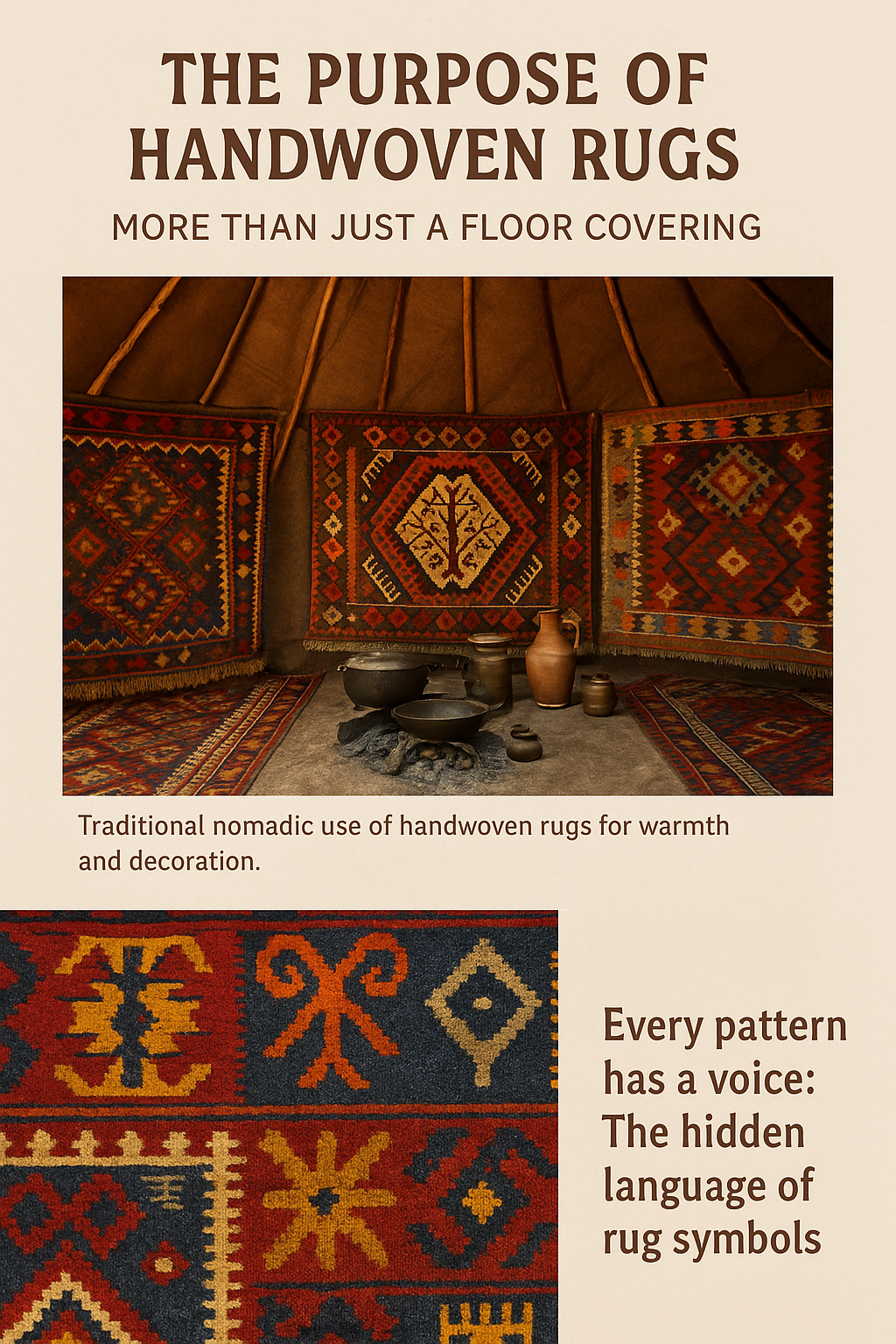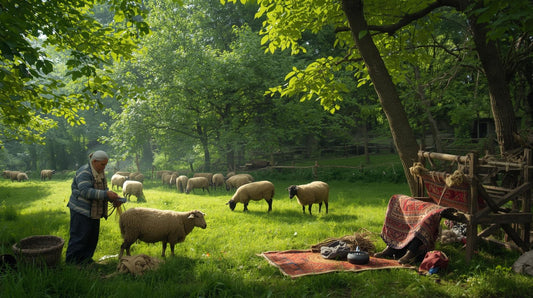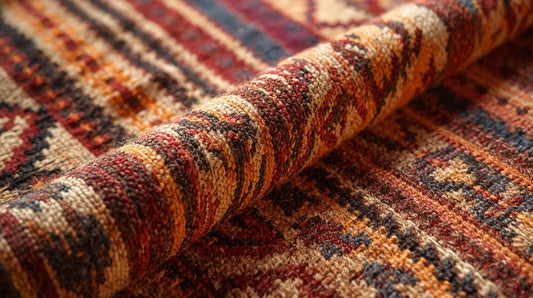The Purpose of Handwoven Rugs: A Historical, Sociocultural, and Economic Evaluation

The Purpose of Handwoven Rugs: More Than Just a Floor Covering
Handwoven rugs have been an integral part of human life for centuries. They’re not just items of utility—they’re a tapestry of culture, a canvas of personal stories, and a symbol of craftsmanship passed down through generations. In this article, we’ll explore the purpose of handwoven rugs from historical, sociocultural, and economic perspectives.
2. Cultural Meaning: A Language Without Words
Each motif, color, and pattern on a rug tells a story. From the central medallion to the smallest border detail, these designs reflect the weaver’s beliefs, hopes, traditions, and worldview.
In places like Anatolia, where different cultures have coexisted for millennia, rug motifs are rich with meaning. A Yörük rug might symbolize freedom and nature, while a Kayseri rug could reflect urban refinement and religious motifs. These aren’t just aesthetic choices—they’re silent storytellers.
3. Economic Significance: Woven Livelihoods
Handwoven rugs have also served an important economic purpose throughout history. Especially in rural areas, rug weaving became a vital source of income—often carried by women’s skilled hands.
During the Ottoman Empire, Turkish rugs were highly prized across Europe and were even found in palaces and cathedrals. Today, they’re not only sought after by collectors and tourists, but they also play a vital role in sustaining local economies.
More Than Meets the Eye
A handwoven rug isn’t just something you walk on—it’s something you live with. It holds warmth, memory, identity, and value. It is a bridge between the past and the present, tradition and innovation, utility and art.
So the next time you look at a handmade rug, take a moment to see more than the colors and patterns—see the people, the culture, and the story woven into every thread.
💡 Looking for an authentic piece to add to your home or collection? Explore our curated selection of vintage and handwoven rugs, each with its own story to tell.
No comments








0 comments